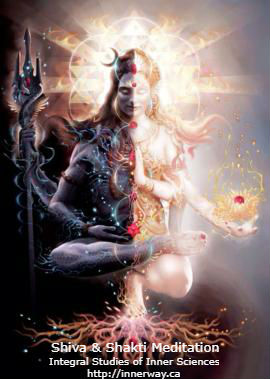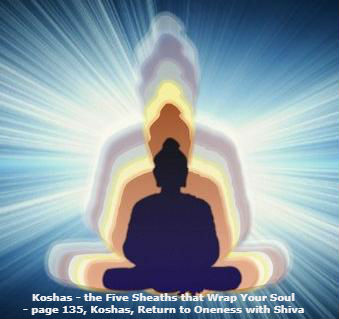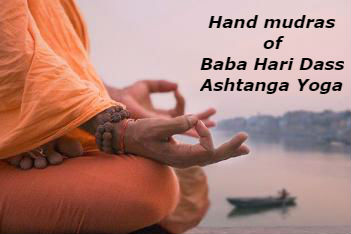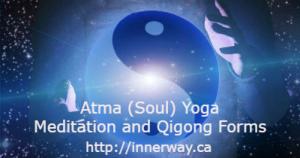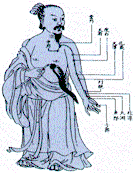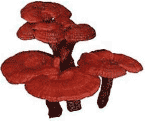We develop our knowledge in the first place by studying books, and we should thus study as many works of the ancient scholars as we can. We should spend a great deal of time studying and assimilating them, thereby acquiring a solid foundation of basic knowledge.
From ancient times to our own, many individuals have written "medical" books, which is why works on Chinese medicine are so abundant. It would be a difficult task to collect all these works, and moreover, it is not necessarily so that the more of them we possess, the better off we are.
Some of the books written by ancient scholars provide us with correct theories, others with incorrect theories. Therefore, some of the books are good, others bad.
On the theoretical level, some authors develop personal theories that deserve to be known. Others develop theoretical conceptualizations that deviate from the "fundamental doctrines" and become incorrect theories.
It is difficult for those just beginning the study of Chinese medicine to distinguish between correct and incorrect theories. If one attempts to assimilate all these books, one may well find oneself adrift in a sea of theories. Indeed, one even runs the risk of believing some esoteric theories, thereby embarking on the path of deviation. This is why one must be very cautious with regard to such books. If one wishes to possess correct basic knowledge, one should choose books of a certain quality which contain accurate theoretical discussions. These are the books one should study.
Nevertheless, one should become familiar with some books based on incorrect theories, because once one has mastered the correct theories, if one then reads books containing incorrect theories one can increase one's knowledge a little and one can become more capable of evaluating them. One who begins by acquiring sound theoretical knowledge in the first place will be able to form opinions about incorrect theories. This is a factor to bear in mind when one begins to choose what books to use to study Chinese medicine.
One must realize that priority must be given to the study of books based on correct theories. After that one can consult the other works. This is the best way to proceed.
When we begin to study Chinese medicine, what books should we choose? What books provide correct teaching?
By examining Chinese medical literature throughout its history, we can distinguish four periods. Let us now take a look at these four periods.
- The first period witnessed the theoretical beginnings of Chinese medicine. We know that Chinese medicine has a very long history. Inscriptions tell us that techniques of acupuncture using stone needles came into existence a few thousand years before Christ.
- As for botanical treatments, (from the traditional perspective), it was Shen Nong who discovered the medicinal strength of plants. Medicine first began to be organized into a system some two thousand years before Christ. The legendary founder of organized medicine was Huang Di.
Around 2200 BC, a figure known as Yi Di perfected the process of distillation which made possible the production of alcohol. From then on, alcohol in which medicinal herbs were macerated was used as a remedy. The use of medicinal liqueurs to treat illness came into being after Yi Di's discovery of distillation.
Around 1700 BC lived a prime minister of the Shang Tang dynasty called Yiyin.
He was learned in medicine and pharmacology. The prescription branch of Chinese medicine (fangji xue) owes its development to Yiyin. Before him, plants were used separetely, mostly one at time. Yi Yin devised formulas that combined several plants and made decoctions (tangye) of them, giving rise to the prescription's branch. It was during this period, approximately from 1700 BC to 1100 BC that acupuncture, pharmacology, medical doctrine and the prescription branch developed.
- The years from 770 BC to 221 BC are known as the Spring-and-Autumn and Warring states Period. It was during this period and from 221BC until 220 AD that the One Hundred Schools together made great strides and Chinese culture underwent a period of brilliant development. This period witnessed the expansion of the theoretical doctrines of the various schools, such as those of Confucius and Mengzi, and those of Yin Yang and the Five Elements.
It was during this period that the Neijing appeared. It was during this period that the theories of Chinese medicine began to be perfected. Thus we are witnessing here the formation of a structured body of theories.
Numerous works created before the Neijing have been discovered by archaeological research, for example, the (Wushier bingfang). However, in my opinion, of all the medical works that appeared during during this period, the Neijing is the most important and thus should be studied.
- From the end of this period until 1368 AD, was a time when Chinese medicine underwent some rapid developments, in the course of which a large number of doctors made some very great discoveries.
This period produced the greatest number of books, and some of them are worth studying. The most important are those of Zhang Zhong Jing in particular, among which the Shanghan Lun and the Jingui Yaolue are the most worthwhile.
- The years from 1368 AD to 1911 comprise what we call the modern era of Chinese medicine. During this modern era, some highly reputed doctors wrote some very fine works, but there were also some theories that are not very accurate. Thus we have to be cautious when choosing books from this period.
- After 1911, Chinese medicine underwent the attack of Western medicine in China. From this point to our own time, published medical texts have mostly been the product of a theoretical mixture of Chinese and Western medicine.
This is why, if we want to learn traditional Chinese medicine, we must above all study the works that contain the most traditional theories and build our basic knowledge on them. We must be extremely cautious in reading works of the modern and contemporary era.
This is my recommendation to beginners in Chinese medicine. We must understand that TCM texts bear the mark of their time. This is an important point, especially in so far as works of the present day are concerned. Works on "medicine" in China written since 1911 represent for the most part a synthesis of Chinese and Western medical theories. If one has abroad basic knowledge of Chinese medicine based on traditional theories, one can better understand any departures from them, and thus one will be able to derive some benefit from reading contemporary texts. Beginners who start their study with medical texts of the present time run the risk of being unable to apply Traditional Chinese medicine, which has been replaced by a mixture of Chinese and Western theories.
 I shall now give you two examples of the series of works selected by Pr Leung from which one can choose in pursuing one's personal research.
I shall now give you two examples of the series of works selected by Pr Leung from which one can choose in pursuing one's personal research.
First and foremost, we have the Neijing and works that refer to it. Of these, Pr Leung recommends:
The Suwen jizhu by Zhang Zhicong, listed as # 1.1 and the Lingshujing jizhu (1672) by the same author and listed as # 1.2. These two books are the most important references to study the Neijing.
Besides these two books, commentaries and explications are added in other texts, such as the Suwen zhuzheng fawei (1586), listed as # 2.1 and the Lingshu zhuzheng fawei (1580), listed as # 2.2, both written by Ma Shi.
Another work is the Leijing (1624) by Zhang Jiebin and listed as # 2.4. The Leijing classifies the contents of the Suwen and Lingshu thematically, thus allowing one to read them by comparative subjects, which makes for a clearer reading of them.
All these are books that should be read. They are basic references.
Secondly, in the area of the Materia Medica, Pr Leung recommends the followings three books:
- Bencao gangmu (#1.5) by Li Shizhen (1578)
- Bencao gangmu yishi (#1.6) by Zhao Xuemin (1765)
- Bencao beiyao (#1.7) by Wang Ang 91694)
The books that complete the series on Materia Medica are:
- Benjing shujing (#2.7) by Zou Shu (1832)
- Benjing xushu (#2.8) also by Zou Shu (1832)
- Bencao sanjia hezhu (#2.9) by Guo Rucong (1803)
- Zhiwu mingshi tukao (#2.10) by Wu Qijun (1848)
- Leigong paozhi (#2.12) by Zhang Guangdou (1809)
All these books are very useful for learning the Materia Medica
(Translated by Philippe Riviere, D.TCM in Vancouver, June 1994)

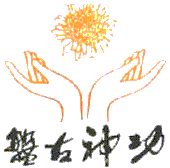






 I shall now give you two examples of the series of works selected by Pr Leung from which one can choose in pursuing one's personal research.
I shall now give you two examples of the series of works selected by Pr Leung from which one can choose in pursuing one's personal research.

